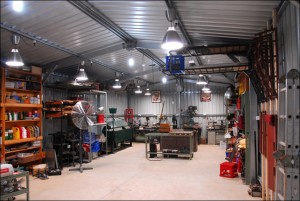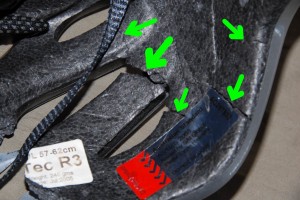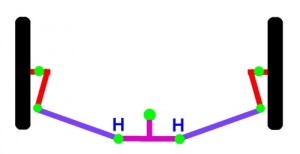DIY Breakthrough – FuelSmart
Improving the fuel economy of vehicles is vastly harder than making them able to go faster: one is simply about jamming-in more fuel (and air) and the other, well, the other is about burning that fuel more efficiently.
That’s why I am so pleased with FuelSmart, the DIY electronic module that we’re covering in AutoSpeed this week and next.
Rather than modify the car’s engine management (or any other system), FuelSmart uses a dashboard LED to show when the car is being driven in a way that is not fuel-efficient. To put it simply: the indication tells you when you’re being a bad driver.
Having now driven many kilometres in my car equipped with FuelSmart, I realise that the action of the LED is training me to adopt a new driving style, one that is demonstrably more economical. It doesn’t mean that I am driving more slowly, it doesn’t mean that I act like there’s an egg between my foot and the throttle, and nor does it mean that the car is being mistreated.
Instead, I use plenty of throttle but get up through the gears fast, I lift right off when approaching traffic lights and other stopping points (rather than leisurely trail-throttle), and in slow-moving traffic I am one gear higher than I previously drove.
The sensitivity of FuelSmart is adjustable: you can set it so that it illuminates the LED only when you’re driving really badly, or at the other extreme, you can set it so that it indicates when you’re driving only a little badly.
During development I tried setting FuelSmart so that it was very sensitive and then went testing in heavy urban traffic. As always, the goal was to keep the warning LED off as much as possible.
And you know what?
After about 30 kilometres of driving, I was exhausted. It was just such hard work keeping the engine absolutely always in its optimal range of throttle position and rpm. The fuel economy was stunning, but hell, was I ever worn out!
Having experienced that extreme, I now run with the FuelSmart adjustment set much more modestly.
With it set in this way, I asked my wife to drive the car to the local shops. “Just drive to keep that new LED switched off as much as possible,” I said.
When she returned, I asked her what she thought.
“Well,” she said, “I’ll take your word for it that it improves fuel economy – it sure doesn’t feel that way! It’s telling me I’m not using enough throttle here, to lift right off there, to change up a gear here – it’s nothing like I expected it to be.”
Yes, I am very pleased with it – FuelSmart is a fascinatingly effective device.

 Julian Edgar, 50, has been writing about car modification and automotive technology for nearly 25 years. He has owned cars with two, three, four, five, six and eight cylinders; single turbo, twin turbo, supercharged, diesel and hybrid electric drivelines. He lists his transport interests as turbocharging, aerodynamics, suspension design and human-powered vehicles.
Julian Edgar, 50, has been writing about car modification and automotive technology for nearly 25 years. He has owned cars with two, three, four, five, six and eight cylinders; single turbo, twin turbo, supercharged, diesel and hybrid electric drivelines. He lists his transport interests as turbocharging, aerodynamics, suspension design and human-powered vehicles.







